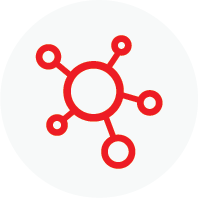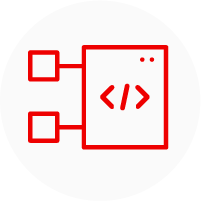Serverless Java
Use your Java skills to create serverless applications with frameworks such as Quarkus and GraalVM. These frameworks keep the runtime light, making Java ideal for serverless deployments.
Overview
Java is an ideal language to create serverless functions because of its mature ecosystem and resource optimization. Java enables developers to build an app once and deploy it to popular cloud service providers that scale the workloads quickly and efficiently. When you utilize Quarkus for serverless, can easily integrate with systems and data sources as well as provide flexibility to deploy to multiple clouds cloud providers like Azure, AWS, Google Cloud.
Get involved
Learn, interact, and contribute to open source serverless projects.
Knative Kubernetes Event-driven Autoscaling (KEDA) Serverless Workflow









